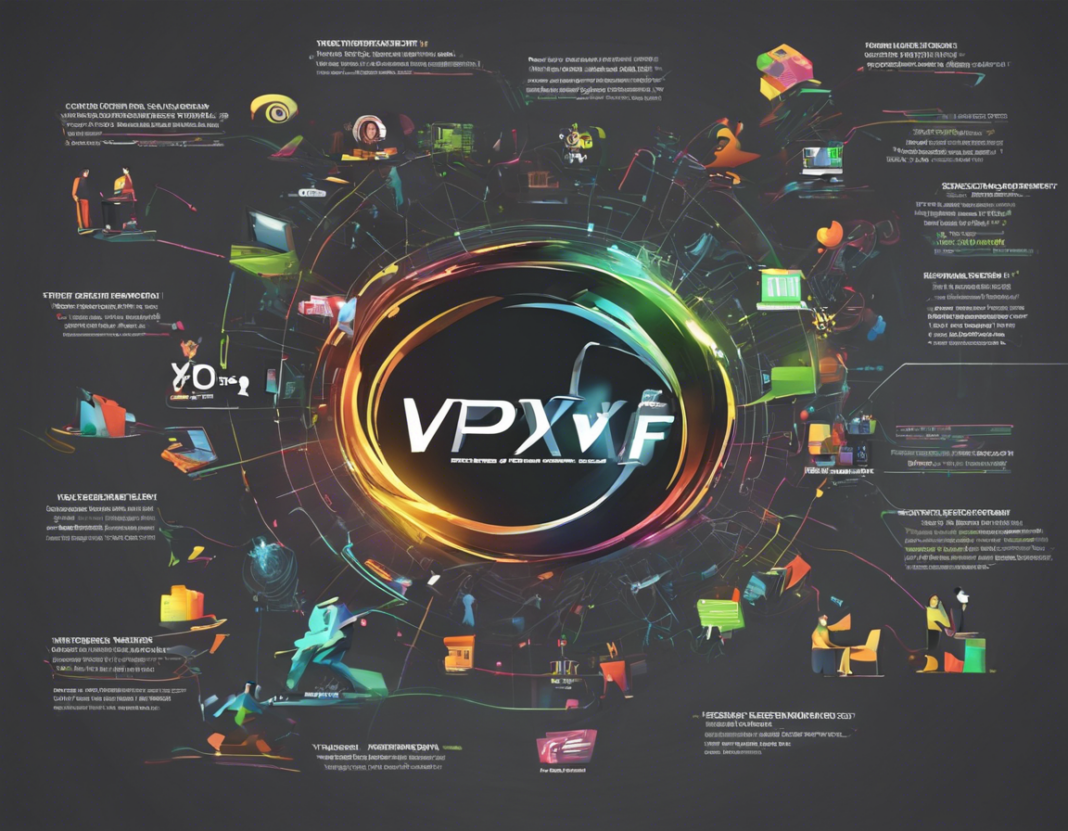VFX (Visual Effects): A Comprehensive Guide
In the ever-evolving realm of film, television, and digital media, VFX (Visual Effects) play a pivotal role in captivating audiences and bringing creative visions to life. This comprehensive guide aims to delve into the world of VFX, exploring the meaning of VFX, its history, key techniques, popular software, career opportunities, and much more.
What is VFX?
VFX, short for Visual Effects, refers to the process of creating and manipulating imagery to enhance or produce a final visual element that cannot be achieved through live-action footage alone. These visual enhancements can range from simple color corrections to elaborate CGI (Computer-Generated Imagery) sequences, ultimately serving to heighten the visual impact and storytelling of a film, TV show, advertisement, video game, or any other form of visual media.
History of VFX**
The roots of VFX can be traced back to the early days of cinema when pioneers like Georges Méliès experimented with practical effects and in-camera tricks to astonish audiences. However, it was not until the late 20th century that the advent of digital technology revolutionized the VFX industry. Blockbuster films like “Jurassic Park” (1993) and “The Matrix” (1999) showcased the immense potential of computer-generated imagery, fueling a demand for increasingly complex visual effects in the entertainment industry.
Key Techniques in VFX**
-
Matte Painting: A technique used to create background scenery that is either too costly or physically impractical to build or visit.
-
Motion Capture: Involves recording the movements of objects or people and translating them into a digital model.
-
Compositing: The process of layering multiple images to create a seamless final product.
-
3D Modeling: Creating three-dimensional objects that can be animated and integrated into live-action footage.
-
Particle Effects: Simulating natural phenomena such as fire, smoke, water, and explosions.
Popular VFX Software
-
Adobe After Effects: Widely used for motion graphics and compositing.
-
Autodesk Maya: Preferred for 3D modeling, animation, and rendering.
-
Blackmagic Fusion: Known for its node-based workflow and compositing capabilities.
-
Cinema 4D: Popular for motion graphics, visual effects, and 3D modeling.
-
Nuke by Foundry: Leading compositing software used for high-end VFX work.
Careers in VFX**
The field of VFX offers a diverse range of career opportunities for creative individuals with a passion for visual storytelling. Some common roles in the VFX industry include:
-
VFX Artist: Responsible for creating and integrating visual effects into film or media projects.
-
Compositor: Specializes in layering and combining visual elements to create a seamless final image.
-
CG Artist: Focuses on creating 3D models, textures, and animations for VFX projects.
-
Matte Painter: Creates digital backgrounds and environments to enhance scenes.
-
VFX Supervisor: Oversees the VFX team and ensures the visual effects align with the director’s vision.
Challenges in VFX**
While VFX technology continues to advance at a rapid pace, the industry also faces several challenges, including tight deadlines, budget constraints, and the demand for increasingly sophisticated visual effects. VFX artists must stay updated on the latest software and techniques to meet these challenges and deliver high-quality work.
FAQs (Frequently Asked Questions)
- What is the difference between VFX and CGI?
-
VFX encompasses a broader range of techniques used to create visual effects, while CGI specifically refers to computer-generated imagery.
-
How long does it take to learn VFX?
-
The time it takes to learn VFX varies depending on individual skills and dedication, but proficiency can be achieved through practice and training.
-
Are practical effects still used in VFX?
-
Yes, practical effects are often combined with digital effects in modern VFX to achieve a realistic and seamless visual experience.
-
Can I pursue a career in VFX without a formal education?
-
While a degree or certificate in VFX can provide a solid foundation, many successful VFX artists have honed their skills through self-study and hands-on experience.
-
What are some upcoming trends in the VFX industry?
- Emerging trends in VFX include real-time rendering, virtual production, augmented reality (AR), and artificial intelligence (AI) integration.
Conclusion
In conclusion, VFX continues to push the boundaries of visual storytelling, allowing filmmakers and creators to transport audiences to fantastical worlds and immersive landscapes. Whether it’s bringing mythical creatures to life, simulating natural disasters, or crafting breathtaking environments, VFX remains a driving force in the entertainment industry. As technology evolves and artistic innovation flourishes, the future of VFX holds endless possibilities for aspiring artists and storytellers alike.
